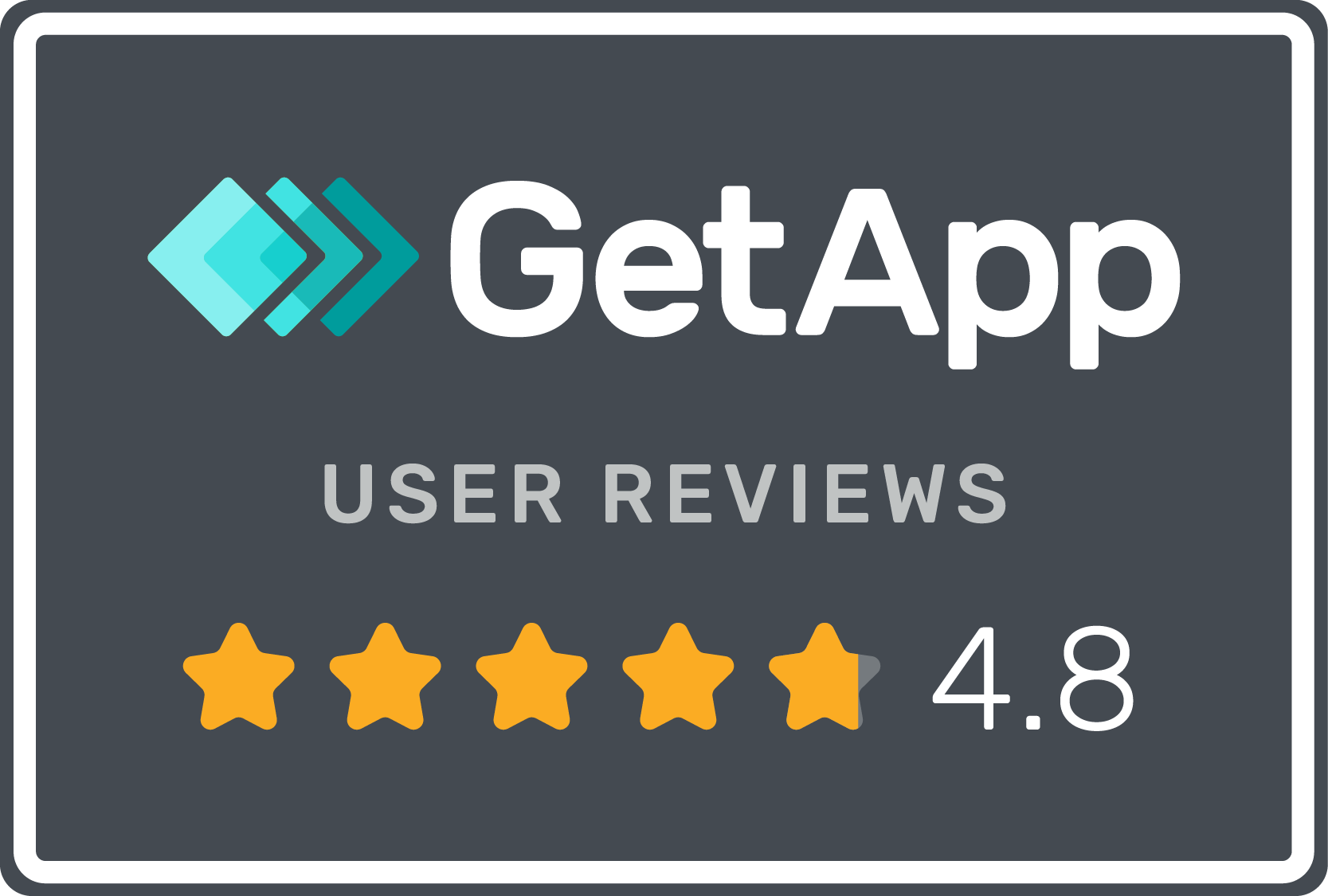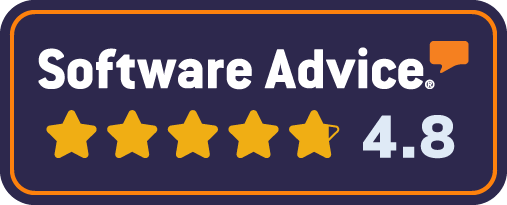Why we built a DAM - that Blogs

Why Brandkit merges Digital Asset Management, a self-service Brand Portal, and a Blog into a single centralized Brand/Media Centre.
What is Brandkit?
Brandkit is a cloud service for marketing teams who want to be more efficient in managing and distributing their digital brand assets and marketing content for use by employees (typically sales and marketing teams), trade partners, and the media.
Brandkit’s unique approach incorporates:
- an AI-driven Content Database and Search Engine
- Brand Management
- Digital Asset Management
- an Image & Video Library
- a public Brand Portal or Media Centre
… into a single unified solution available from a single URL.
Brands can store and organize all their images, videos, artwork, and written content, such as press releases, in one place, providing a single source of truth. This approach helps employees and partners stay on-brand and assists the media in getting your story straight.
B2B - not B2C
Many brands have two audiences: B2C (end-user customers) and B2B (staff/trade/media). Over time, brands typically need two separate websites to serve these audiences and purposes.
For example, a Destination Marketing brand like Tourism New Zealand operates multiple websites. One promotes New Zealand to prospective tourists, and separate sites serve the trade and media.
Brandkit serves the B2B audience, enabling brands to create a Brand or Media Center dedicated to serving staff, trade, and media. These users can access and use the brand’s official content, ensuring authentic storytelling.
For example, VisitScotland has a Brandkit-powered Media Centre that provides access to press releases, story ideas, images, and other resources for journalists and trade partners.
Why Brandkit?
Brandkit saves marketing teams time and effort by:
- Automating curation and management of brand content.
- Providing fast access to official brand content to match storytelling needs.
- Communicating accurate terms of use, licensing, and usage without extra work.
- Eliminating simple content requests through a self-service portal.
Why blog functionality?
A blog is simply a way to organize chronologically ordered content. If a blog post, press release, or story idea is “brand content,” then it is a brand asset that should be curated, managed, shared, and reused.
Content marketing often involves republishing high-performing posts. Over time, this collection can grow exponentially. A priority for many marketing teams is growing inbound traffic and leads through content marketing, whether visual or written.
Lost in translation
As content is shared, linked, or republished, the brand story can become fragmented. Staff turnover and new partnerships further complicate the picture. Past content often needs minor edits rather than recreation.
Brandkit excels at surfacing all content—whether digital assets or written content—saving time and reducing inefficiencies.
Think of a Brandkit blog as a way to:
- Gather, centralize, and curate the brand’s written content.
- Find written content even if published in many places.
- Update staff, trade partners, and media on new developments.
- Highlight content or campaigns to focus on.
- Keep marketing teams and partners engaged with content.
- Encourage proper use of brand content resources.
- Share story ideas to energize storytelling.
How it works
- Publish new articles as posts using the built-in editor.
- Copy and paste articles created elsewhere.
- Tag posts with approved tags, integrating assets and posts.
- Embed images directly from the DAM for tighter integration.
Once posts are in Brandkit, the search engine indexes them, making them searchable by title, tag, summary, and author. .
Brandkit’s blog functionality enables a seamless connection between written and visual content, ensuring that your brand’s message remains consistent and accessible across all platforms. By integrating these features, Brandkit provides a powerful tool for marketing teams to manage, curate, and share content with ease, fostering collaboration and enhancing storytelling.
Whether you’re streamlining workflows, improving content accessibility for partners, or driving engagement with targeted storytelling, the blog feature is an integral part of the unified Brandkit platform, designed to empower brands to operate efficiently and authentically.
Learn more about writing Posts in Brandkit
Happy Branding 🙂
Why we built a DAM - that Blogs
Why Brandkit merges Digital Asset Management, a self-service Brand Portal and a Blog into a single centralized Brand/Media Centre.


